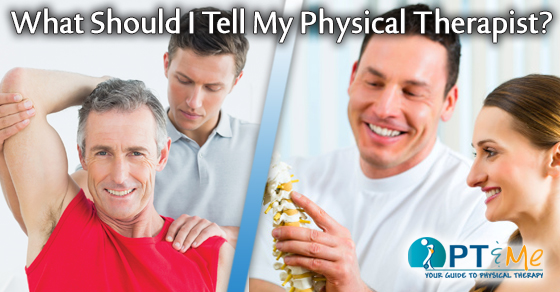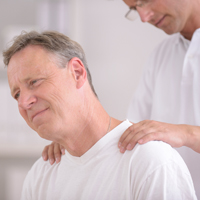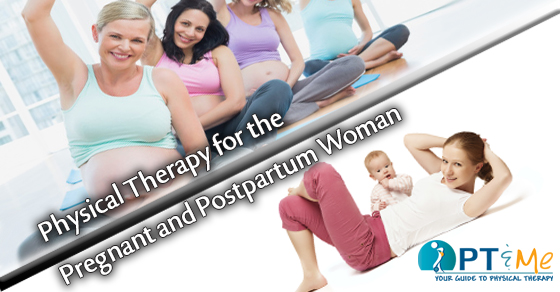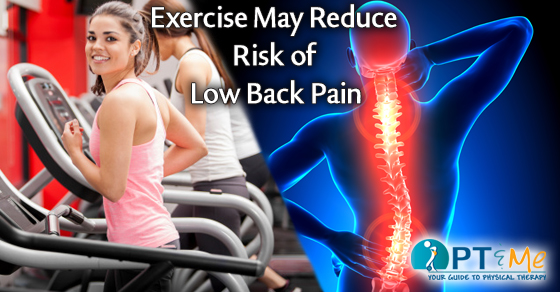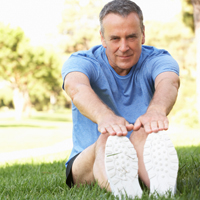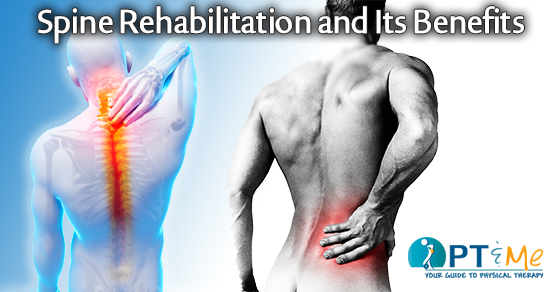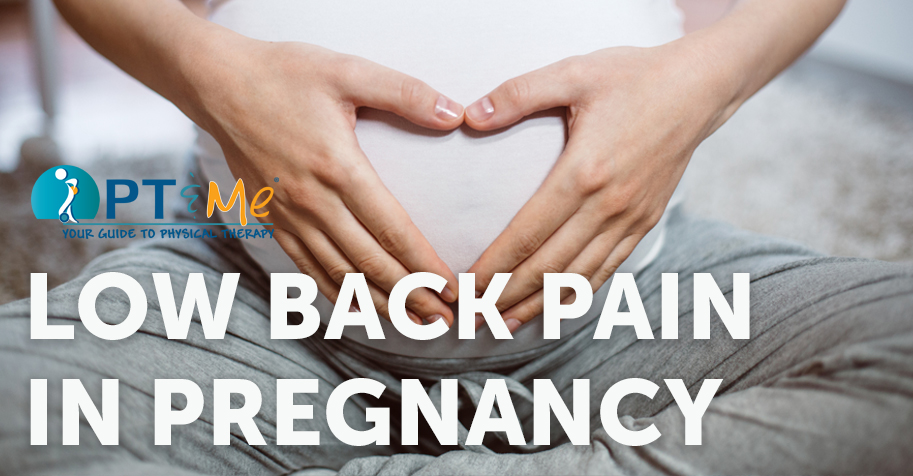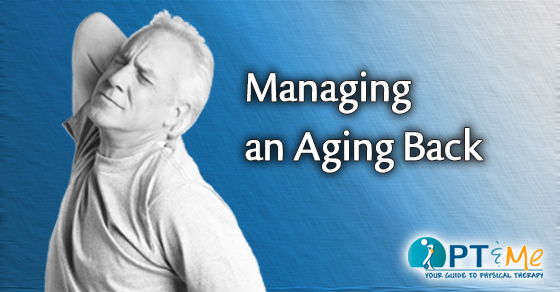
Most people at some point in their life will have to deal with a painful back. The time and intensity of the back pain is different for everyone, some will have had symptoms when they were in their teens, mid-life or in their golden years. No matter when you first start to receive symptoms more than likely these symptoms will increase in intensity and frequency as you age. Fortunately there are ways to manage back pain as well as counteract our aging process to prevent further problems from developing.
In the back there are many conditions which can develop. The important thing to remember is that not all back conditions are the same and what works for one condition doesn’t necessarily work for other conditions. This is important because in the age where answers are literally at your fingertips every piece of information on back pain needs to be taken with a grain of salt. In order to help manage your own condition it is important to really pay attention to what makes your symptoms better and what makes them worse. By being in tune with your body and what is going on with your symptoms you can take some beginning steps at managing your back pain.
As we age our body changes dramatically in all areas especially in the back and often once we understand how our back ages it is easier to understand your own symptoms.
1. JOINTS: As we age whether in our back or in other areas of our body our joints begin to break down. By breaking down we literally mean that the edges of the bone that interface with other bones change in shape and surface area. Some joints literally develop bone spurs or extra calcification of a bone surface as well as elimination of bone or jagged surfaces as opposed to flat rounded surfaces. With all the changes in the boney surfaces it causes movement between the surfaces to be less fluid or more restrictive resulting in stiffness, loss of motion and pressure put on other structures such as nerves.
2. MUSCLES: Our muscles during aging also begin to lose fluid and suppleness. As we age certain muscle fibers are lost which are more responsible for strength and power and we are left with more fatty tissue. Our muscles also lose elasticity and become more rigid and tight. This all in turns leads us to have a loss in motion, flexibility and strength.
3. DISCS: As discussed with degenerative disc disease and the conditions associated with the disease, the discs in our back literally shrink down. We lose the big cushiness of the fluid filled disc which unfortunately causes us to loose some shock absorption forcing more force.
With all of the changes described above there is an underlying theme of restricted motion and mobility in the spine. Therefore it is important to remember in order to counteract these changes we need to work on restoring and maintaining appropriate flexibility, mobility and strength. For example as described above our discs shrink which causes our joints to take more brunt of the force of the body. Therefore in order to prevent a constant break down of our joints our muscles must be flexible and strong enough to absorb this force and strain on our body.
Managing your back as you age can be possible but requires many steps and hard work. It isn’t something that can be done in two days or two weeks it takes a long in order commitment to change your body. It took a lifetime for your body to age so it isn’t realistic to expect a change in the aging process in a few weeks. Key aspects in managing your low back are:

1. FLEXIBILITY: As we mentioned motion and stiffness is a key factor in our aging process therefore it is extremely important to make sure our muscles stay as lengthened as possible. Some of examples of these exercises are: press ups, long thoracic rotations, SKTC, DKTC, and corner stretch. Remember these are key exercises for the back but it is important to keep all muscles flexible as all of our joints in our body break down.
2. CORE STRENGTHENING: This is a term which has been widely popularized in the last few years. It specifically describes strengthening the muscles which are responsible for controlling your entire spine. This means these muscles help to absorb the shock and forces put on your spine and body by preventing them from going to your joints. Another term also associated with this is lumbar stabilization exercises. Which means working on strengthening both sides of the spine at one time in order spread the force out evenly throughout the back. Some basic examples of these are: bridges with a squeeze, prone alternating arms and legs, seated marches with and without arms on ball, and supine alternating arm to legs.
3. POSTURE: As we age our posture is certainly affected. As a society we tend to be very prone to sitting and slouching forward and as we age this process is enhanced by the changes in our body which force us more into a forward flexed or “hunched” position. Therefore in order to retaliate against this it is important to work on key exercises which work on extending or maintaining the proper position of the spine. Some of these exercises are described in our stretching exercises but others are: scapular squeezes, extension over a roll, and standing hip extension.
When dealing with back pain it is important to remember that exercising is a key to help manage and control your current symptoms as well as prevent further symptoms. Unfortunately we can not take back the changes that occur as you age but we can change certain aspects of your body to help minimize these effects. By making a commitment to work with your back and body as it ages you can truly change the way your body will perform specific movements and how these movements will affect your body. In exercising with a problematic back it is important to remember that discomfort and general soreness is normal but true pain is not. You need to listen to your body and pay attention to how certain symptoms are affected by your new exercise routine.
If you have had symptoms for a long period of time and they aren’t changing with exercises or are getting worse it may be time to seek formal medical attention. This is especially important if symptoms are beginning to travel into your leg or symptoms are advancing to more neurological signs such as tingling/numbness in your feet/leg and weakness or giving way of your legs. This is a sign that symptoms are progressing and are becoming more neurological.
Physical Therapy can be a successful tool in combating back pain. In going to physical therapy you will have a formal evaluation in order to determine your condition and based on this condition an appropriate treatment strategy. This often will occur with appropriate modalities in order to help with the inflammation of muscles and nerves as well as help reduce pain. Once pain has gotten under control you will be instructed on specific exercises/activities that will be beneficial to your back. You also will be given specific tools to help reduce the inflammation of certain structures and improve the overall condition of your back. Your therapist should also work with you to set you up with a program in which you can continue to perform while you are at your home.

